Hampering Hazards



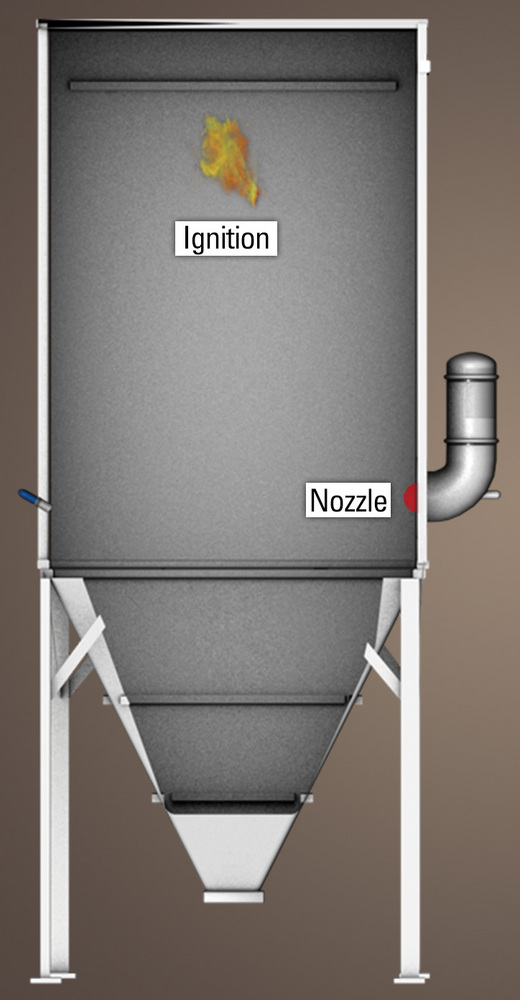
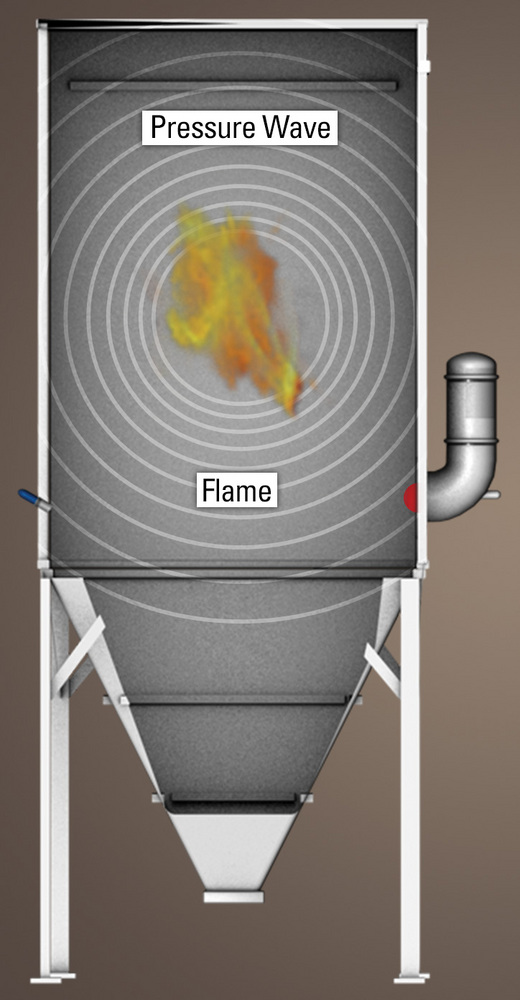
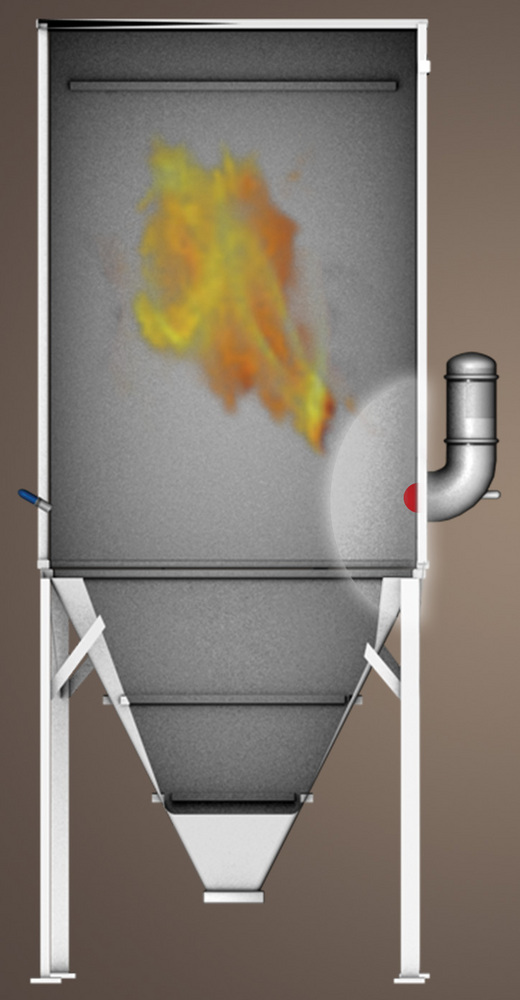
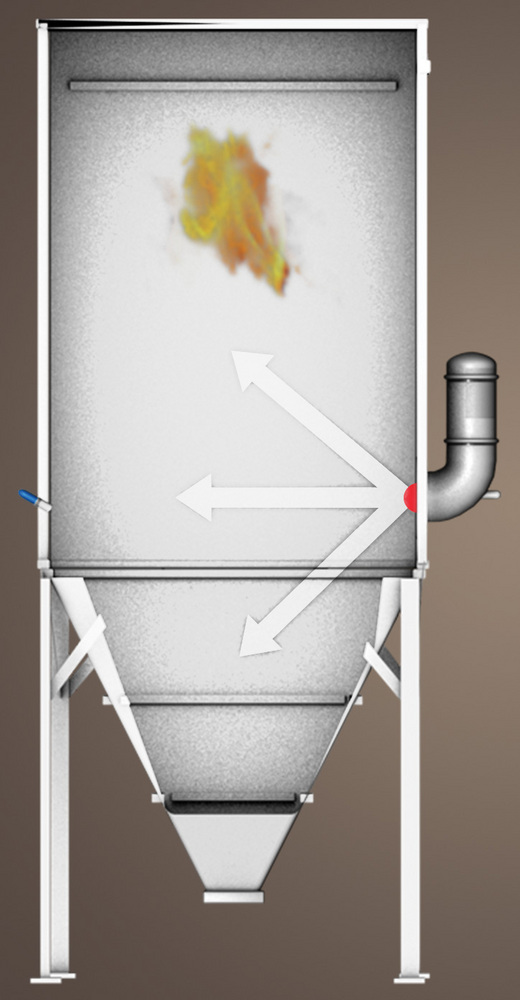
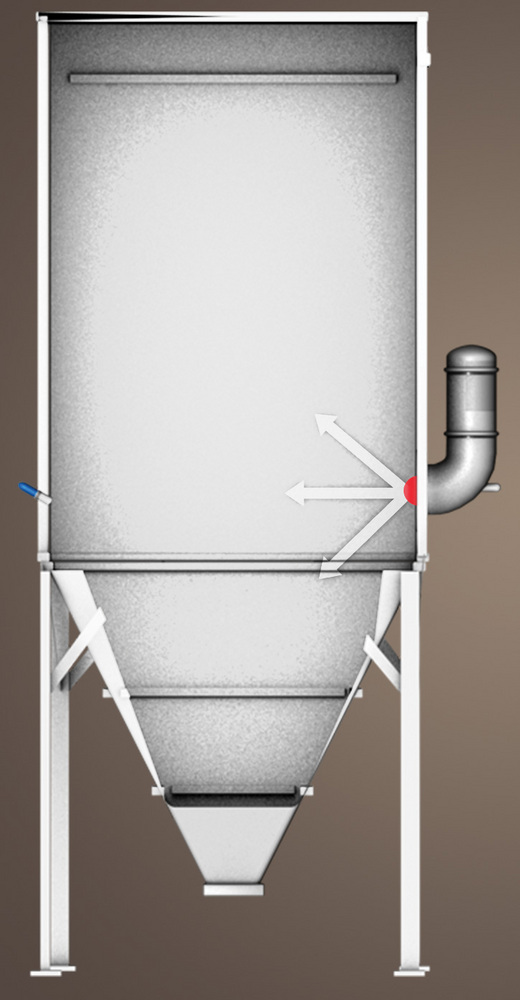










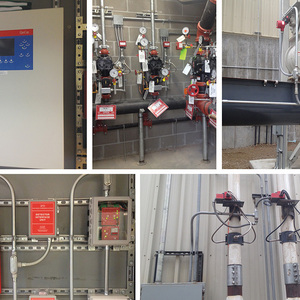
PHOTOS: Stacy Cook, Koda Energy
June 4, 2014
BY Chris Hanson
Safety protocol at biomass power facilities is an evolutionary process that progresses as plants move from design to construction to commercial operations. New facilities coming on line boast some of the latest safety and protection equipment, but similar to older, existing power plants, they must abide by general industry standards regulated by the U.S. Occupational Safety and Health Association. Biomass power plants are covered by several existing OSHA general industry standards, especially 29 CFR 1910, which pertains to worker safety and health. Those standards apply to topics from process safety management and fire extinguishers to electric power generation, transmission and distribution. In the absence of an OSHA standard, the agency also has the ability to enforce a general duty clause for any workplace hazard that has the potential to expose employees to serious workplace injuries or illnesses, according to an OSHA spokesperson, who requested anonymity.
With towering stacks, metal-laced walkways and immense machinery, biomass power plants tackle diverse safety protocols. In the past, OSHA has issued citations to biomass power facilities for safety violations, but some of those violations may be related. For instance, fire protection, materials handling and storage, and lockout-tagout violations could present a dangerous situation for fires and possible explosions.
In their most passive form, dust particles seem irrelevant and only a nuisance on a clean surface, but these tiniest samples of chipped feedstock, stray pollen and conglomerated grit can pose some of the biggest fire and explosion hazards for almost any industrial operation, including a biomass power plant.
To combat the dangers and potential for these events, developers and OSHA are working to improve plant safety by addressing issues that can lead to dust explosions and fires. In 2009, OSHA published an advance notice of proposed rulemaking in the Federal Register, the OSHA source says. Currently, the preliminary regulatory texts have been drafted and the agency is continuing to conduct economic analyses, she adds. In April 2014, OSHA announced it will also be issuing a final rule to improve workplace safety and health for workers engaged in electric power generation, transmission and distribution work.
While OSHA formulates new safety rules and standards, technology producers such as GreCon Inc. and Fike Corp. develop the equipment to prevent the causes and help protect against the effects of fire and explosions.
Snuffing Sparks
The best method of tackling an issue is to address it before it happens. With that kind of foresight, modern biomass power plants turn to spark detection and extinguishing systems to prevent tiny embers from becoming larger problems. “These hot particles and sparks can cause a problem at any time and you will never know it until it is too late,” says Terry Franklin, technical sales director at GreCon. “It’s better to be safe and have a system that can spot the troubles and react to it.”
The greatest potential for spark-initiated fires could come from older operations with complacent safety practices. In older plants, personnel may feel somewhat invincible since their processes have not experienced an incident involving fires caused by sparks. “When developers are building a new plant, a new bag house, or [installing] new equipment, they are forced to look at installing the technology from the beginning, or they won’t be able to get their permit,” Franklin explains.
GreCon’s spark detection and extinguishing technology are implemented in pneumatic conveying systems. Some of the biggest problem areas for sparks within a biomass power plant are the feedstock dryer exits, collectors and storage bins, Franklin says. There is also greater potential for sparks to transfer from pulverizers and grinders to storage bins, he adds. “It’s the sparks that come off the grinding and heating processes, drag chains or conveyers. It’s the things that can cause the material to heat up and combust.”
On mechanical conveying systems, the technology is best implemented in a drop chute to allow the sensors to examine the material as it falls through the air, but it is primarily installed on pneumatic conveyance systems, Franklin says. In a pneumatic pipeline, GreCon’s sensors search for the infrared heat, a telltale sign of sparks. “Our light field detectors can detect a spark from quite a ways away,” he says.
In one-third of a second, sensors can signal an extinguishing device to inject atomized water into the process, snuffing out any potentially dangerous sparks. Typically, the material whips through a pneumatic transfer line at roughly 4,000 feet per minute, Franklin says. “You have to figure out what the velocity is, and we can do our calculations to determine where the valve needs to be installed,” he explains. “At 4,000 feet per minute, you would install the valve 20 feet down the line past the sensor. Then the valve fires the water before the sparks get there and the spark is driven through the atomized water.”
User-friendly and faster response are the words to describe the next generation of spark detection and extinguishing. GreCon updated its technology within the past seven years to include multi-microprocessor controller modules and last year with multi-touch screen capability allowing for easier operations. Additionally, the system is able to remember factors, such as alarms, spark counts and reactions, within milliseconds to allow efficient data collection. Additionally, GreCon ensures the spark detection systems are Factory Mutual Approved.
Although spark detection and extinguishing technology tackles some of the main causes that can lead to fires and explosions, those instances can still occur wherever dust collects. To combat those instances, technology developers such as Fike Corp. have been creating the second line of defense against those dangers.
Explosion Control
Dust collectors and air filtration devices have some of the highest recorded occurrences of combustible dust explosions, says Bob Korn, director of sales and marketing of the industrial protection group at Fike. “Within any type of biofuel facility, they are going to have dust collection attached to some of their processes, such as conveying or grinding lines,” he says. “All of those material handling activities generate dust. When fugitive dust is pulled off grinding or material handling activities, that’s where some of the biggest danger areas are.”
A dust explosion does not behave the way most people may think. Rather, it is a chain reaction of events. “The first explosion in a dust collector will create a shockwave throughout the facility and will knock all the fugitive dust loose and typically create a big dust cloud in the facility,” Korn says. “Then this flame shoots through a tube, accelerating every second, until it comes out the other end in a big fireball and ignites the dust cloud created from the small initial explosion. Then it’s the secondary explosion that is the bad one.”
Facility owners typically fall into one of three groups when it comes to choosing explosion control technology, Korn explains. The first group chooses to do nothing and ignore the explosive threat. “That’s still a prevalent approach,” Korn says. “Oftentimes, the people who never had an explosion, they don’t get it, and don’t protect their facilities. It’s unfortunate, but a lot of times the phone rings after the explosion,” he adds.
The second group of customers is characterized by passive explosion control systems. Those include explosion venting and passive isolation valves, or check valves, which need to be rated for explosions, rather than just for fires. “In the U.S., there’s still probably more people that are doing nothing than the passive solution,” Korn speculates. “For those customers that are going to protect [against explosions] by far, explosion venting is the most widely used method for mitigating the effects of a combustible dust hazard.”
Active explosion control systems make up the third group. Active systems consist of monitoring panels, optical detectors and suppressant injectors that can distinguish an explosion during its initial stages and engage suppressors to prevent a fireball from forming. “They’re relatively sophisticated systems, just because of the time frame we have to work with,” Korn says. “Our systems operate within 50 milliseconds.”
In these active control systems, sensitive pressure detectors are mounted on a vessel to sense changes in air pressure. These detectors are usually set to trigger between 1 and 1.5 pounds per square inch (PSI), Korn explains. “Most of these vessels—air filtration systems and dust collectors—are operating at a slightly negative pressure as they are pulling material into them,” he adds.
Additionally, the detectors monitor the environment four times every millisecond. These readings are used to help create a base reading in order to prevent false readings, and help the system determine when an explosion is actively occurring. “We look at four or five readings in a row to make sure it is consistently showing an alarm or activation condition, so we don’t have false activations,” Korn says. “Within a millisecond, the system figures out whether to go into activation mode.”
Once in activation mode, the system reacts by quickly injecting the suppressant, sodium bicarbonate, into the vessel. The sodium bicarbonate is stored in a nitrogen-charged container at 900 PSI. The detector sets off a chemically triggered device to create another pressure wave, bursting a rupture disc, and then injects sodium bicarbonate into the vessel.
By forming up-to-date safety policies and deploying new preventative and protective technologies, new and existing biomass power plants can provide cleaner energy sources to customers while protecting workers, facility equipment and the environment.
Author: Chris Hanson
Staff Writer, Biomass Magazine
chanson@bbiinternational.com
701-738-4970
Advertisement
Advertisement
Upcoming Events





